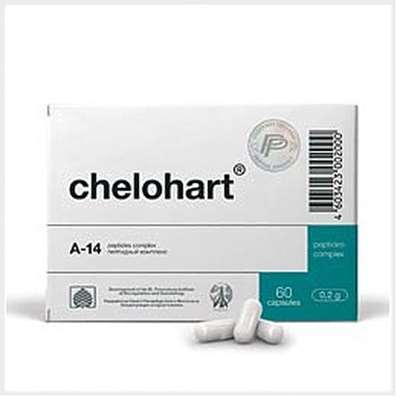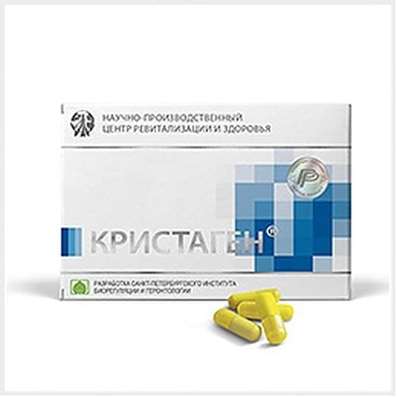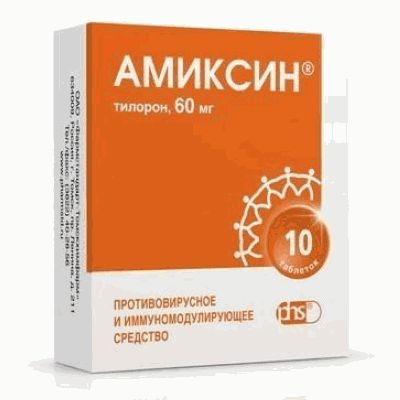Instruction for use: Andipal
I want this, give me price
Active substance Bendazol + Metamizole sodium + Papaverine + Phenobarbital
ATX Code N02BB72 Metamizole sodium in combination with psycholeptics
Pharmacological group
NSAIDs - Pyrazolones in combinations
Nosological classification (ICD-10)
G43 Migraine
The pain of migraine, Migraine, hemiplegic migraine, Migraine headache, A migraine attack, Continuous headache, hemicranias
G44.1 Vascular headache, not elsewhere classified
Arteriogypotonic variant of headache, Vaginal pain, Vasomotor headache, Headache of vascular genesis, Headache of vascular origin
I10 Essential (primary) hypertension
Hypertension, Arterial hypertension, Arterial hypertension crisis course, Essential Hypertension, Primary hypertension, Arterial hypertension, complications of diabetes, hypertension, The sudden increase in blood pressure, Hypertensive disorders of blood circulation, hypertensive condition, hypertensive crises, hypertension, arterial Hypertension, malignant Hypertension, Hypertonic disease, Hypertensive crisis, Hypertension, accelerated hypertension, malignant hypertension, The aggravation of hypertensive disease, Transient hypertension, Isolated systolic hypertension
I15 Secondary hypertension
Arterial hypertension, complications of diabetes, hypertension, The sudden rise in blood pressure, Hypertensive disorders of blood circulation, hypertensive condition, hypertensive crises, hypertension, arterial hypertension, malignant hypertension, Hypertensive crisis, Hypertension, accelerated hypertension, malignant hypertension, hypertensive crisis, The aggravation of hypertensive disease, Transient hypertension, hypertension, Arterial hypertension, Arterial hypertension crisis course, renovascular hypertension, symptomatic hypertension, renal hypertension, Renovascular hypertension, Symptomatic hypertension
R52.9 Unspecified Pain
Pain after cholecystectomy, Pain shooting, Non-malignant pain, Obstetric and gynecological pain, Pain syndrome, Pain in the postoperative period, Pain in the postoperative period after orthopedic surgery, Pain of inflammatory genesis, Pain than cancer genesis, Pain syndrome after diagnostic procedures, Pain after surgery Diagnostic, Pain after surgery, Pain after orthopedic surgery, Pain after injuries, Pain after the removal of hemorrhoids, Pain at the non-rheumatic inflammation of nature, Pain in inflammatory lesions of the peripheral nervous system, Pain in diabetic neuropathy, Pain in acute inflammatory diseases of the musculoskeletal system, Pain when the tendon pathology, Pain smooth muscle spasm, Pain spasm of smooth muscles (renal and biliary colic, intestinal spasms, dysmenorrhea), Pain spasm of smooth muscles of internal organs, Pain spasm of smooth muscles of internal organs (kidney and biliary colic, intestinal spasms, dysmenorrhea), Pain in trauma syndrome, Pain with injuries and after surgical interventions, Pain in chronic inflammatory diseases of the musculoskeletal system, Pain with duodenal ulcer, Pain syndrome in gastric ulcer, Pain syndrome in gastric ulcer and duodenal ulcer, pain, Pain during menstruation, pain syndromes, painful condition, Painful foot fatigue, Sore gums when wearing dentures, Soreness of the cranial nerves exit points, Painful menstrual irregularities, Painful dressings, Painful muscle spasm, Painful teeth growth, Melosalgia, Pain in the area of the surgical wound, Pain in the postoperative period, Pain in the body, Pain after diagnostic procedures, Pain after orthopedic surgery, Pain after surgery, The pains of the flu, Pain in diabetic polyneuropathy, Pain for burns, Pain during sexual intercourse, Pain during diagnostic procedures, Pain during therapeutic procedures, for colds Pain, Pain in sinusitis, Pain in trauma, Pain traumatic, The pain in the postoperative period, Pain after diagnostic procedures, The pain after sclerotherapy, Pain after surgery, postoperative Pain, Pain postoperative and posttraumatic, posttraumatic pain, Pain when swallowing, Pain in infectious and inflammatory diseases of the upper respiratory tract, The pain of burns, The pain in traumatic muscle injury, Pain in trauma, The pain of tooth extraction, The pain of traumatic origin, Pain caused by spasm of smooth muscles, Expressed pain syndrome, Expressed pain syndrome, traumatic origin, Postoperative pain, Post-traumatic pain, Post-traumatic pain syndrome, Torpid pain, Traumatic pain, Traumatic pain, Mild pain, Moderately severe pain, Moderate pain, Polyarthralgia with polymyositis
Composition and form of release
Tablets 1 table.
analgin 0.25 g
dibasol 0.02 g
phenobarbital 0.02 g
papaverine hydrochloride 0.02 g
auxiliary substances: starch; talc; Stearic acid is sufficient to produce a tablet with a mass of 0.37 g
in contour non-jawed packaging 10 pcs.
Description of dosage form
Tablets are white or white with a weak yellow shade of color.
pharmachologic effect
Pharmacological action - spasmolytic, anesthetic.
Pharmacodynamics
Andipal, as an antispasmodic, is used for spasms of peripheral vessels and vessels of the brain. Reducing OPSS, acting on arterioles, the drug lowers blood pressure, improves collateral circulation. The combination of myotropic spasmolytics (dibazol and papaverine hydrochloride) with analgin increases the analgesic effect of the latter with headache, migraine. The presence of phenobarbital in the preparation promotes the manifestation of a sedative effect and the enhancement of the action of other components.
Indications
Pain syndrome associated with moderately expressed spasms of peripheral vessels and cerebral vessels:
mild forms of hypertension;
migraine.
Contraindications
hypersensitivity to the components that make up the drug;
deficiency of glucose-6-phosphate dehydrogenase;
violation of AV conductivity;
severe violations of the liver and kidneys;
blood diseases;
myasthenia gravis;
porphyria;
pregnancy (I trimester);
breast-feeding.
Side effects
Sometimes there is nausea, constipation, allergic reactions (up to anaphylactic shock). With prolonged use of the drug, a depressing effect on blood may be possible due to the presence of analgin (leukopenia, rarely - agranulocytosis, thrombocytopenia). Phenobarbital, present in the composition of the drug, can have a sedative effect, it is sometimes possible ataxia, depression (especially in elderly and weakened patients).
Interaction
Pharmacological: combination with nitrates (Nitroglycerin, Nitrosorbid, Sustak, etc.), BKK (Nifedipine, Corinfar), amiodarone, beta-adrenoblockers (Anaprilin, metoprolol, oxprenolol, talinolol, etc.), ganglioblocators (pentamine, etc.), diuretics (Furosemide, Hypothiazid, etc.), myotropic antispasmodics (dipyridamole, euphyllin, etc.) enhances the hypotensive effect of Andipal.
Combined application of adrenomimetics direct (adrenaline, noradrenaline, etc.) and indirect (ephedrine) -type action, n- and m-, n-cholinomimetics (nicotine, acetylcholine, etc.), analeptics (camphor, Sulfocamphocaine, Cordiamine, bemegrid, lobelin, cytisine, etc.), tonic (ginseng root, eleutherococcus extract, rhodiola extract, etc.) and Andipal reduces the hypotensive effect of the latter.
Pharmacokinetic: the combined use of activated charcoal, astringent and enveloping agents reduces the absorption of the drug in the digestive tract.
Dosing and Administration
Inside. Adults - 1-2 tables. 2-3 times a day. The course of treatment is 7-10 days.
If the treatment is ineffective, the drug should be replaced or combined with other drugs (to achieve an antihypertensive effect).
Overdose
Symptoms: when overdosed, there is severe drowsiness, dizziness, a collapsoid condition.
Treatment: first aid - washing the stomach, taking activated charcoal. Symptomatic therapy.
special instructions
Care should be taken when working with mechanisms.
With prolonged use, it is necessary to monitor the blood picture.
storage Conditions
In a dry place protected from light.
Keep out of the reach of children.
Shelf life
2.5 years.
Do not use after the expiry date printed on the package.

 Cart
Cart





